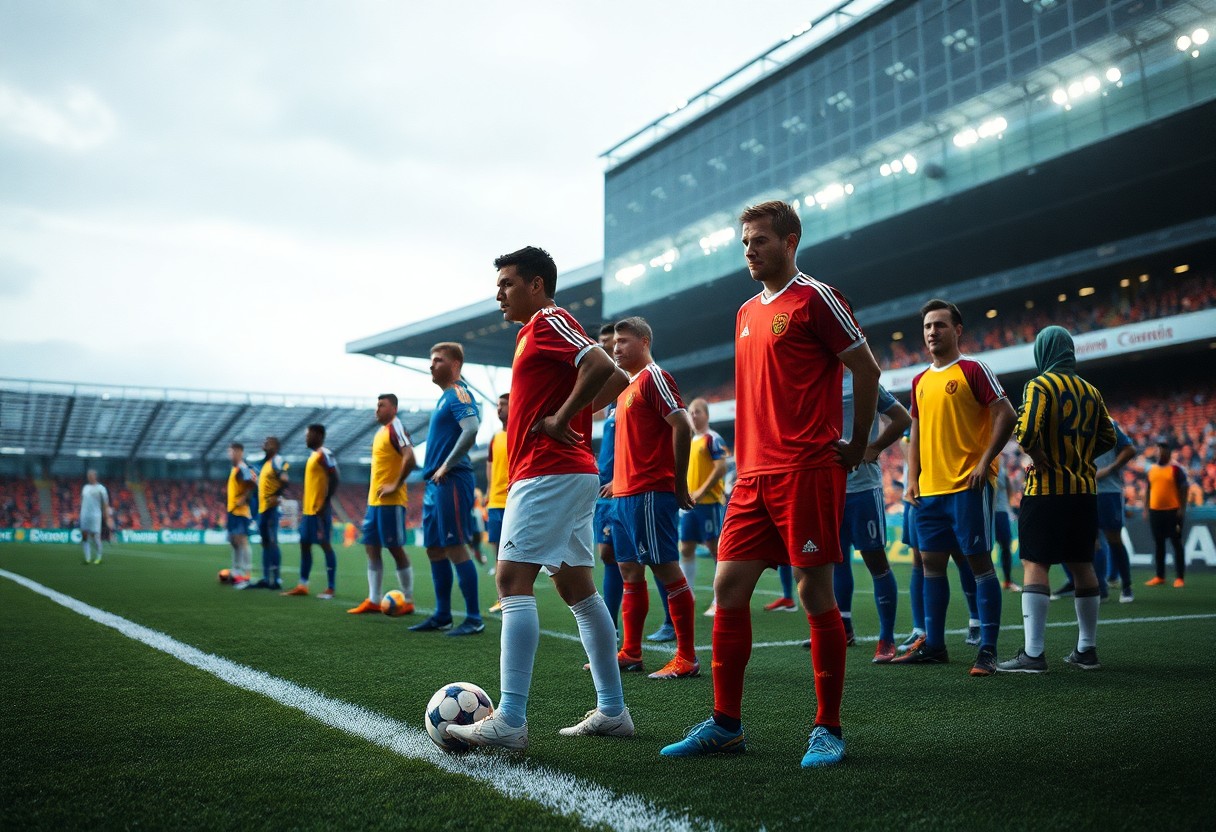Many soccer enthusiasts know that FIFA, the global governing body for football, organizes its member associations into regional divisions. These divisions are designed to foster competitiveness, create structured tournaments like the World Cup, and promote the sport worldwide. However, there is an ongoing debate regarding whether this division leads to inequality among nations and the impact it has on the beautiful game.
FIFA’s member associations are subdivided into six regional confederations: UEFA (Europe), CONMEBOL (South America), CONCACAF (North and Central America), CAF (Africa), AFC (Asia), and OFC (Oceania). Each confederation has its own set of tournaments, qualification processes, and governance structures. The disproportionate investment, infrastructure development, and financial resources available to different regions affect how effectively these confederations can develop soccer talent and compete internationally.
One significant area of concern regarding these regional divisions is the disparity in resources. For many years, UEFA and CONMEBOL have enjoyed substantial financial investments, sponsorships, and broadcasting revenue, resulting in world-class leagues and development programs. This makes it easier for European and South American nations to attract top talent, improve training facilities, and invest in youth academies. In contrast, countries within CAF and AFC often depend on limited funding and external assistance to build infrastructure for football. This gap in investment creates an unequal playing field, hindering the growth of the sport in less affluent regions.
Moreover, the competitive nature of regional tournaments can amplify these inequalities. UEFA Champions League and Copa Libertadores are significantly lucrative and competitive, providing clubs from these regions with greater exposure and financial gain. Conversely, tournaments held by CAF, AFC, and OFC struggle to attract global attention and sponsorship deals, which limits their potential for financial growth. The result is that nations within these confederations may find it harder to develop competitive teams capable of performing well in international tournaments like the World Cup.
The qualification processes for the World Cup further reflect the disparities within FIFA’s regional divisions. UEFA allocates 13 spots for the World Cup, meaning that many strong football nations are guaranteed a chance to compete. In comparison, Africa, which consists of a vast pool of talent, has only five spots for qualification. This lack of representation raises concerns about fairness and whether every region’s football potential is being realized. Similarly, some smaller confederations, such as Oceania, face immense challenges with only half a spot allocated for their teams in World Cup qualifications.
To address these inequalities, FIFA has launched various initiatives aimed at promoting the growth of soccer in underrepresented regions. These efforts include development grants, training programs, and encouraging investment in local talent. However, whether these measures are sufficient to rectify the long-standing imbalances remains a topic of discussion among football stakeholders and fans.
In essence, while FIFA’s regional divisions aim to promote football across the globe, they also inadvertently contribute to inequality among nations. The disparity in resources, competitive structures, and qualification processes continue to challenge the fair representation of talent from less affluent regions. For football to truly represent a global community, it will be vital for FIFA to adopt more equitable systems, thereby allowing all nations the opportunity to compete on an equal footing.







